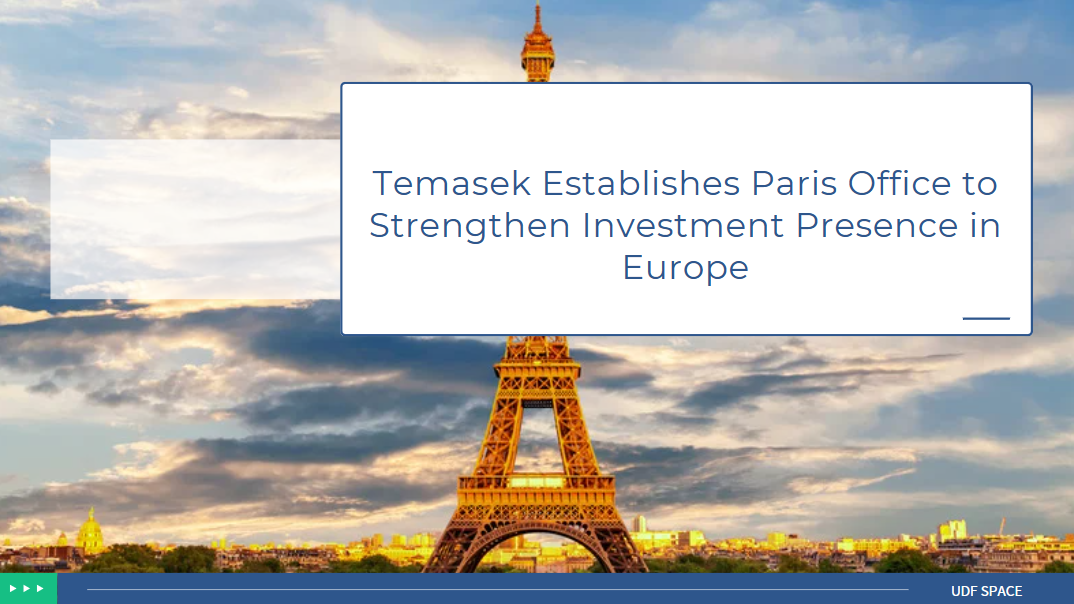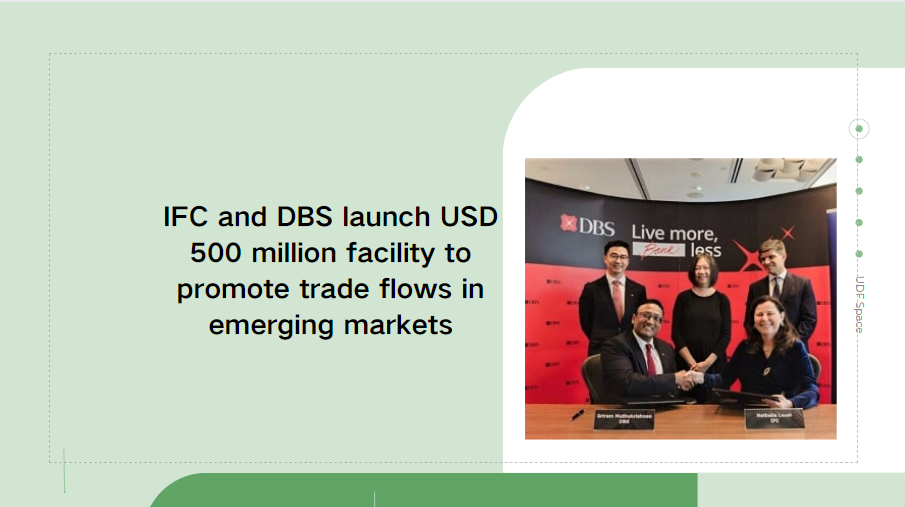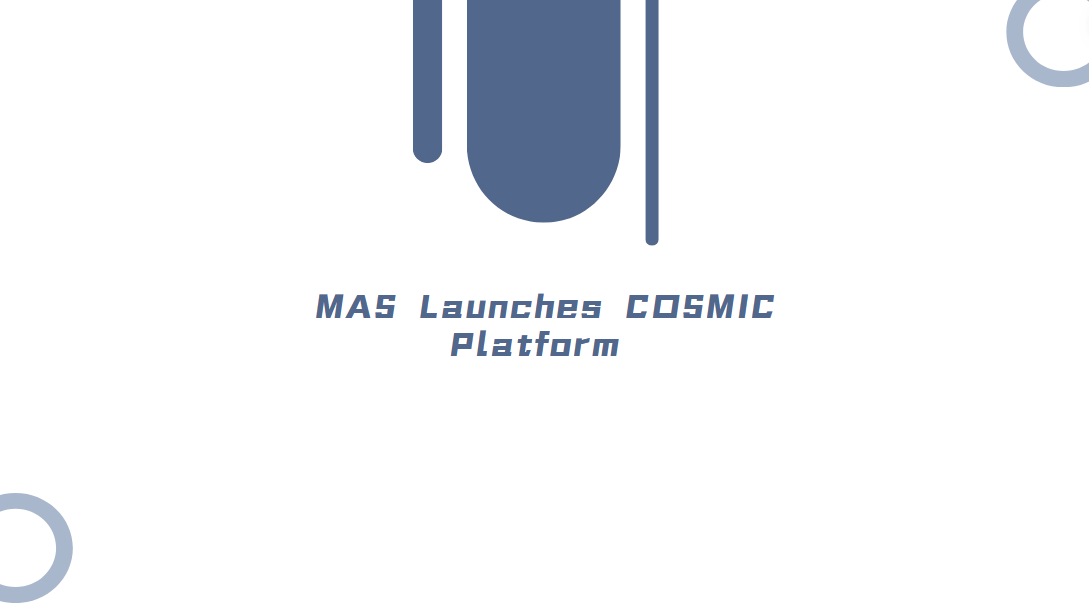Tiny but Mighty – Scaling Blended Finance in Asia
1. Ladies and gentlemen, good afternoon. Thank you to Temasek Trust, Philanthropy Asia Alliance and Clime Capital for bringing us together today and for inviting me to share my thoughts on blended finance and philanthropy, two key issues at the center of the climate agenda.
Blended Finance in Asia
2. Slightly less than five years ago, on 11 November 2019, the Monetary Authority of Singapore launched the Green Finance Action Plan. This was the first time we laid out our goal to make finance greener.
3. How much progress has been made since then? If we zero in on blended finance, we could grade this across a number of criteria - awareness, effort and volumes.
Awareness
4. Looking at levels of awareness, I would say we have done well. There are ongoing efforts to build awareness and encourage the utilisation of blended finance in Asia.
a) For example, in 2021, MAS held the first Transition Finance Towards Net Zero (TFNZ) conference to promote the scaling of blended finance in the region. We have hosted these conferences annually since, including the FAST conference this morning.
b) Another example is the work of the Network for Greening the Financial System (NFGS) to establish guiding principles and policy recommendations to support blended finance in emerging economies.
Effort
5. Turning to effort, regional efforts have been extensive. It has been encouraging to see the emergence of blended finance facilities dedicated to investments in the region. This includes the Southeast Asia Clean Energy Facility (SEACEF), which is managed by the co-host of today’s event, Clime Capital. SEACEF provides early-stage development capital to high impact clean energy projects and other businesses that are driving the low carbon transition in South-East Asia.
6. We have also seen the industry step forward. The recently-established Singapore Sustainable Finance Association has made blended finance a key priority workstream, with a goal to foster collaboration and convene market players to build and scale blended finance models.
7. The region has done well in awareness and effort. But if we were to look at quantitative measures of success, such as blended finance volumes, it would be difficult to score the region highly.
Volumes
8. Around the time we launched the Green Finance Action Plan, climate-focused blended finance volumes within the Asia-Pacific stood at about US$3 billion annually. Fast forward to today, and annual blended finance volumes in APAC are lower at about US$2 billion. ASEAN volumes have remained flat, with very little change between the level five years ago and the figures we see today.
9. A further concern is that if we look at the volumes closely, we see that financing gaps are especially large in certain sectors. The majority of blended finance transactions have been focused on renewables, but for Asia to make a successful transition, financing is also required in other areas, including the retirement of coal assets, climate technology and the decarbonisation of hard to abate industrial sectors.
10. This is not just an Asia problem, but a global one. Blended finance can be a powerful lever to unlock capital for sustainable development, but remains under-utilised globally. Between 2015 and 2020, average annual flows of blended finance globally stood at less than US$10 billion [0] . This is a fraction of the US$4.2 trillion required annually in developing countries to meet sustainable development goals [0] .
11. As such, while there has been some progress, there is much more work to do. We need to do better, and we need to do more, and at a faster pace here in Asia. Asia accounts for half of global greenhouse gas emissions and where about 80% of the world’s coal generation takes place. At the same time, climate change is a profound existential threat in Asia, where 70% of the global population susceptible to sea level rise have their homes.
12. South-East Asia, in particular, will be one of the regions that will be hardest hit by climate change. Over the last two weeks, temperatures of 44 degrees Celsius were recorded in Myanmar, the first time in South-East Asia’s history that such high temperatures have been reached at this time of the year. The impact of this historic heat has been seen not only in Myanmar, but across the region – from school closures in the Philippines to heatstroke deaths in Malaysia.
13. There is also an economic imperative here. Analysis from the Asian Development Bank (ADB) has projected that the impact of climate change in Southeast Asia may reduce regional GDP by 11% by the end of this century [0] , as we increasingly see the effects of climate change across key sectors such as agriculture and fishing, alongside impact to human health and productivity.
Scaling Blended Finance
14. We find ourselves in a double whammy – the need to channel capital to sustainable infrastructure investments in the region is significant and urgent, yet capital is not flowing to where it needs to be.
15. With such clear need and urgency, why haven’t we seen action in the numbers?
16. Bankability continues to be a significant challenge in Asia. Based on Marsh & McLennan’s estimates, at least 35% of sustainable infrastructure projects are marginally bankable, with a further 55% being unbankable. [0] Assuming these projects remain unfinanced, this represents a US$2 trillion annual shortfall in the climate finance required for Asia to reach net zero by 2050.
17. So what then, is a possible path forward? How do we ensure capital stays the course and flows to where it is most needed in Asia?
18. We first need to be clear on what blended finance is. Our conversations about blended finance are often conversations about capital; specifically, bringing together different types of capital. On this view, if we can just convene a pool of financiers from commercial investors to philanthropic providers, we can crowd in finance for the investments that need financing.
19. But at its heart, blended finance is fundamentally about structuring and right-sizing risks. This allows senior or commercial capital providers to make appropriate risk-adjustment investments at scale and earn returns. The conversations we need to have are around risk.
Gaps to Plug
20. If we adopt this lens, there are three key gaps we need to address to achieve scale in blended finance: risk tolerant capital, risk-centric approaches to partnerships and risk mitigation.
Risk Tolerant Capital
21. First, we need more risk tolerant capital. There are different layers of capital which are needed to finance climate-related initiatives. Senior or commercial capital providers are willing to support climate-related projects, but their mandates require them to make appropriate risk-adjusted investments and earn commercial returns.
22. This is where philanthropic and concessional providers can play a catalytic role in unlocking more investments for climate change, by providing risk tolerant capital to advance low carbon projects that may be marginally bankable. This plays a powerful de-risking role and can enable multiples of commercial investment and financing to be crowded in.
23. We know that philanthropic appetite for this has been low. Of the US$811 billion of philanthropic giving in 2022, less than 2% was focused on climate change mitigation [5] .
24. This has sometimes been attributed to a lack of awareness of the urgency of climate mitigation or a lack of understanding of more technical issues, for example, the economics surrounding renewables.
25. In my view, the picture is more nuanced. Awareness levels have risen considerably, though more can be done. What is less talked about but equally key is how we build better bridges between the nature of philanthropic giving and the blended finance structures we have been constructing. There is, for example, a quantum mismatch that is inherent in philanthropic involvement in capital intensive investments, such as infrastructure. Grants and concessional capital from philanthropies and private wealth giving tend to come in smaller cheque sizes of a few millions, and will require some aggregation to serve as the larger quantum of donor capital needed in each platform or structure.
Risk-Centric Approaches to Partnerships
26. The next gap we need to plug is to adopt risk-centric approaches to partnerships.
27. We will not achieve scale in blended finance by looking only at philanthropic capital and expecting it to do magic. Instead, we need to have structures in place to bring together different types of partners who can take on different risks and plug different gaps.
28. A risk-centric approach puts the risk challenge at its core, by designing its structures and partnerships with risk mitigation considerations catered for upfront, and by building platforms where common interests, capital needs and investment preferences can be brought together.
29. Because risk tolerant capital is finite, the best blended finance structures maximise additionality, while minimising concessionality. This means that you deploy as little concessional capital as possible in a way that mobilises as much commercial capital as possible, in the areas which would otherwise attract the least commercial capital.
Risk Mitigation Mechanisms and Tools
30. To do this, we need to address the third gap, which is the paucity of effective risk mitigation mechanisms and tools.
31. We need to build stronger muscles in de-risking. This will mean developing more granular regionalised analysis of risks and innovating, with appropriate risk mitigation mechanisms and tools. Let me offer three archetypes of further work we can explore here:
a) First, we can take legacy solutions that the market is familiar with and scale these. Relevant mechanisms in this category include currency hedging facilities to address local currency risks and promote accessible financing to local markets, or guarantees that mitigate credit or liquidity issues so that longer tenor financing can be extended;
b) The second archetype of further work relates to data or research-focused initiatives, such as studies to identify optimal combinations of capital stacks that can enhance the risk-weighted returns to maximize private capital mobilisation;
c) Thirdly, we should double down on the development of innovative risk financing solutions. For instance, Howden, in partnership with SCOR’s syndicate at Lloyd’s, has launched an insurance facility covering the leakage of carbon dioxide from commercial-scale carbon capture and storage facilities. Efforts such as these support de-risking and can enable private capital to flow with confidence into crucial transition sectors in Asia, even where these are nascent and have a higher risk profile.
Financing Asia’s Transition Partnership
32. This brings me to my last point. You may have noticed our announcements at COP28 about the Financing Asia’s Transition Partnership or “FAST-P”. FAST-P seeks to address the three issues I highlighted today: risk tolerant capital, risk mitigation and a risk-centric approach to partnerships.
33. FAST-P is a blended finance initiative which aims to mobilise up to US$5 billion to de-risk and finance transition and marginally bankable green projects in Asia. The Singapore Government has indicated that it is prepared to contribute concessional capital to support the partnership and hopes to mobilise a base of concessional capital for this platform, working with philanthropies, MDBs and DFIs.
34. FAST-P targets the key themes of green and transition investments that are most pertinent in Asia, from the managed phase-out of coal to the development of renewables to the modernisation of grid systems.
35. We have gathered a strong cast of initial partners, working across a number of areas that are important for the region.
a) The ADB, Global Energy Alliance for People and Planet (GEAPP) and MAS have signed an MOU on Energy Transition Acceleration Finance (ETAF) to collaborate on the early managed phaseout of coal, renewable energy and grid modernisation in the region.
b) The MAS has also signed an MOU with Allied Climate Partners (ACP), the World Bank’s International Finance Corporation (IFC) and Temasek. This partnership will focus on green investments and target marginally bankable renewable energy projects and electric vehicle infrastructure.
36. I have been heartened by the interest in FAST-P and the traction we have seen. However, we need more partners and we need to extend the scope of the areas to be financed.
a) With regard to areas, we are exploring ways to finance industrial transformation, including the decarbonisation of hard-to-abate sectors, such as cement and steel manufacturing. We also want to include emerging technologies, such as hydrogen and CCUS.
b) With regard to partners, we are currently in active discussions with potential anchor partners such as MDBs and philanthropies, to crowd in much-needed patient, concessional, risk-bearing capital, and we would be keen to work with anyone in this room to help further this objective.
Tiny but Mighty
37. Of all the excellent content that was covered at the Philanthropy Asia Summit, “tiny but mighty” was the key idea that I took away. The phrase was a nod to the outsized impact philanthropies can have, given their deep expertise, their ability to leverage patient capital and their willingness to take a broader view on returns.
38. Asian blended finance is similarly tiny but mighty. Volumes are growing from a low base, but the future it can unlock for the region is powerful indeed. We should be mighty and not tiny in our ambitions, as we move beyond awareness and effort to actual impact and much higher financing volumes.
39. By harnessing risk tolerant capital, developing more effective risk mitigation mechanisms, and building risk-centric partnerships, I am confident that we will achieve the mighty scale we need to catalyse an inclusive energy transition.
***
[1] Convergence State of Blended Finance Report 2021
[2] World Economic Forum Article on Blended Finance April 2023
[3] “Southeast Asia and the Economics of Global Climate Stabilisation”, ADB
[4] “Closing the financing gap”, Marsh & McLennan, 2017
[5] “Funding trends REPORT 2023: ClimateWorks Foundation






















































First, please LoginComment After ~